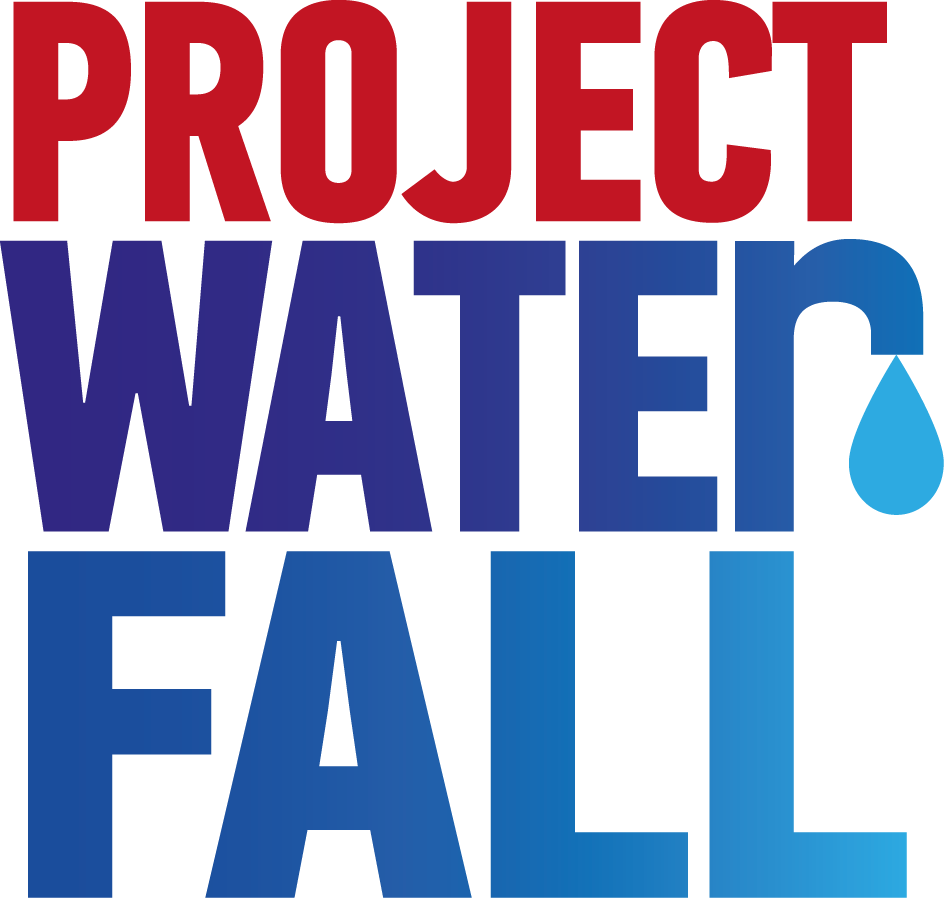Why does the water crisis still exist in 2019?
This is the second in a 4-part blog series that aims to highlight the water crisis, why it exists, the effects of it, and what can be done to end it. You can read our first post on what the water crisis here.
Let’s start with the good news… After decades of research and investment, we have the technology and knowledge to bring clean drinking water to every single person on earth.
The bad news is it that 785 million people still don’t have access to clean water.
There are physical and environmental reasons behind this. Populations have risen (and so the demand for water has increased), and the impact of climate change is being felt more severely.
Nevertheless, economic water scarcity - where time, cost, and poor management means available water is not found or used - is still one of the main reasons behind today’s water crisis.
Here’s why…
Lack of infrastructure
In many cases there is enough freshwater to supply communities. The issue is accessing it.
WaterAid, Ethiopia Oromia, Gobena collecting water from the river - Behailu Shefieraw
In water-scarce regions people have to travel long distances to collect water. And even if they get there, the water is often contaminated and untreated. Water infrastructure (such as treatment plants, pipes and sewer systems) is virtually non-existent in developing countries.
This is mainly because wide-scale infrastructure is expensive and difficult to install, which leads us onto...
Government involvement
Working with local governments and communities is the most effective way to ensure those communities get access to clean water. This is because those organisations have the local knowledge and expertise to ensure the right people are involved, and projects are built to last. This is central to our work at Project Waterfall.
Despite all this, for many governments in the developing world water and sanitation have not been a top priority.
This has begun to change with the introduction of the UN’s Sustainable Development Goals (SDG), where SDG 6 holds governments accountable for ensuring access to clean water and sanitation for all.
The main hurdle now facing government involvement is funding.
Looking ahead
As we’ll go into next week, the effects of the water crisis are severe.
However, by working with local NGOs and governments, and by investing in sustainable, long-lasting infrastructure, we can reach entire communities with clean water.
Photo: WaterAid, Behailu Shefieraw



